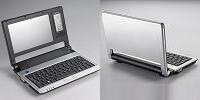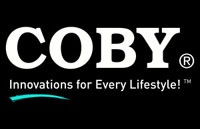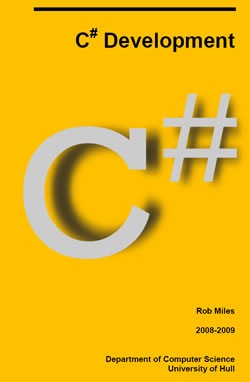 Just over a year ago, I quipped that Acer – the world’s most successful vendor of slightly sub-par but very cheap computer hardware – didn’t have any more sub-par vendors to buy after acquiring Gateway and the dreaded Packard Bell (which I prefer to call “Taco Bell” since both offer dirt cheap products yielding unpleasant results once you’ve consumed them). This was a good thing, I thought, as gathering all the crappy vendors into a single uber-crappy vendor makes them rather easy to avoid.
Just over a year ago, I quipped that Acer – the world’s most successful vendor of slightly sub-par but very cheap computer hardware – didn’t have any more sub-par vendors to buy after acquiring Gateway and the dreaded Packard Bell (which I prefer to call “Taco Bell” since both offer dirt cheap products yielding unpleasant results once you’ve consumed them). This was a good thing, I thought, as gathering all the crappy vendors into a single uber-crappy vendor makes them rather easy to avoid.
However, these are tough times, when “cheap and crappy” becomes attractive to customers. As if in answer to the credit crunch, the good news is that there’s been an announcement about a new netbook that promises to be sub-$100 (well, technically $99.95 is below $100).
The bad news? It’s being made by Coby.
 If you’ve never heard of Coby, you probably don’t hang out in Chinatown, “grey market” electronic stores or Walmart. They’re a manufacturer of consumer electronics of dubious quality bearing a logo that I always found suspiciously similar to Sony’s. They’re the sort of electronics you buy when you need something decent-seeming to give away as prizes at a fundraiser or when your diet consists largely of Top Ramen. I’ve seen too many people burned by the false economy of a Coby purchase to have any faith in the company.
If you’ve never heard of Coby, you probably don’t hang out in Chinatown, “grey market” electronic stores or Walmart. They’re a manufacturer of consumer electronics of dubious quality bearing a logo that I always found suspiciously similar to Sony’s. They’re the sort of electronics you buy when you need something decent-seeming to give away as prizes at a fundraiser or when your diet consists largely of Top Ramen. I’ve seen too many people burned by the false economy of a Coby purchase to have any faith in the company.
Still, my curiosity cannot help but be piqued. The availability of cheap, very portable, network-capable, almost-disposable computers that you’d pick up at places like discount stores, drug stores and perhaps even those kiosks in the middle of the aisles at your local shopping center is a potential game-changer for both everyday life and us developers. If you look at schoolyards and playgrounds, you’ll see that the Nintendo DS has changed kids’ recreation; what would a grown-up version like dirt-cheap netbooks do?
Here’s what can be gleaned from Inidymedia Arkansas’ article about Coby’s netbook:
- Expected release date: March 2009
- Expected models: PoquetMate-7” and PoquetMate-9” (“PoquetMate” is pronounced “pocket mate”), with 7- and 9-inch screens, respectively
- Processor: Something made by Loongson
I expect that at $100, it’ll run some flavour of Linux. I wonder if it’ll be another case of “Worse is Better” and beat the OLPC at its own game. I may end up picking up one of these suckers on a lark.
